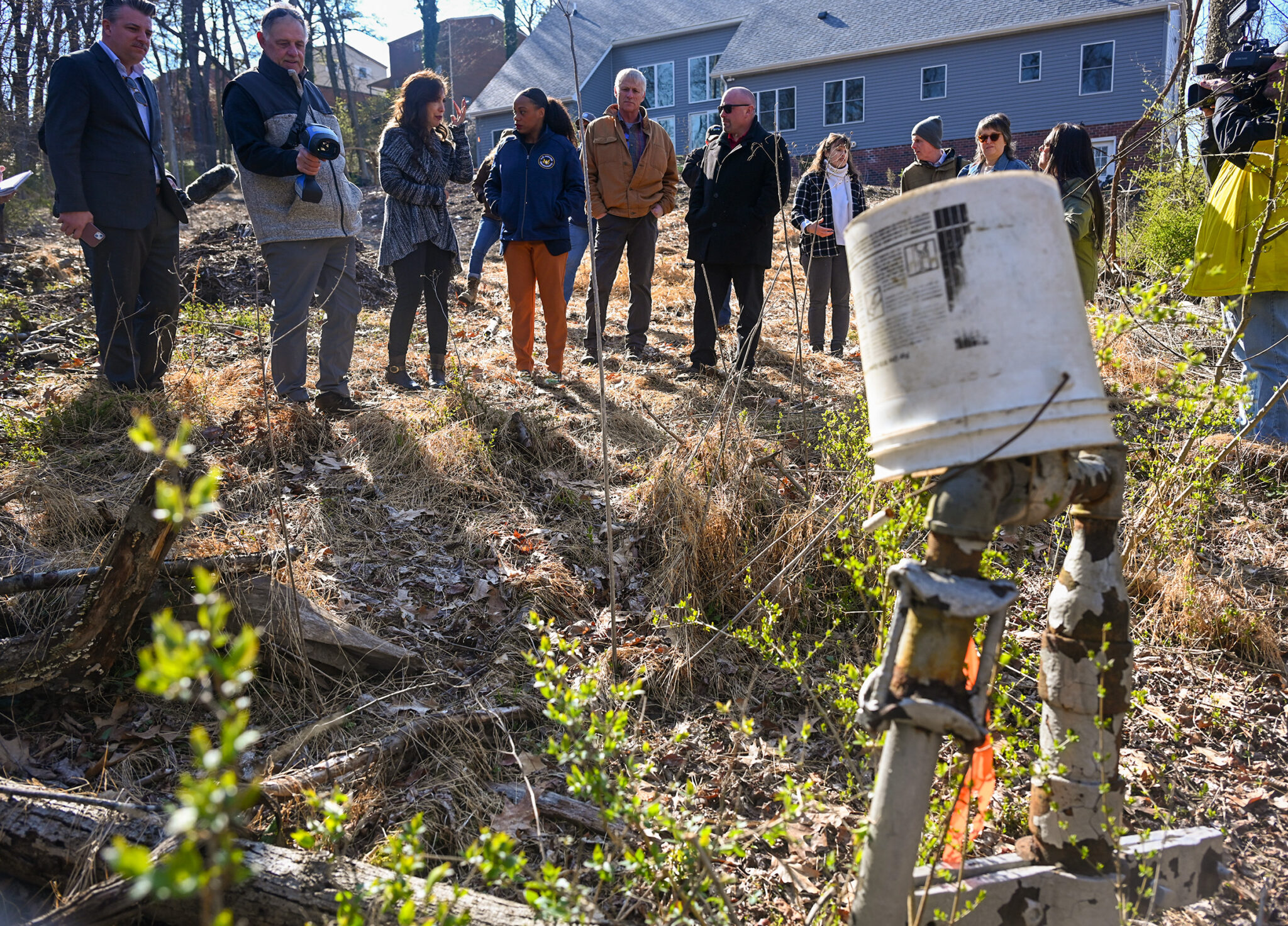Underground Danger: Abandoned Wells Threaten Water Safety, Researchers Reveal

In a groundbreaking scientific breakthrough, researchers have successfully created the first comprehensive national map of groundwater vulnerabilities, shedding light on the potential risks posed by abandoned oil and gas wells. This pioneering study offers unprecedented insights into which underground water systems are most susceptible to contamination from orphan wells—long-forgotten infrastructure that can silently leak harmful substances into precious water resources.
The research represents a critical step forward in understanding environmental risks, providing water resource managers and policymakers with a powerful tool to identify and prioritize potential groundwater protection efforts. By meticulously analyzing geological data, water flow patterns, and well distribution, scientists have developed a detailed visualization of underground water system vulnerabilities across the nation.
These orphan wells, often remnants of past industrial activities, can serve as hidden conduits for pollutants, potentially introducing toxic chemicals, methane, and other harmful substances directly into aquifers. The new mapping technique allows experts to pinpoint high-risk areas and develop targeted strategies for monitoring and mitigating potential environmental hazards.
This innovative approach not only highlights the importance of tracking abandoned infrastructure but also underscores the ongoing need for comprehensive environmental protection and responsible resource management. As communities increasingly recognize the value of clean, safe groundwater, such scientific advancements become crucial in safeguarding our most essential natural resources.
